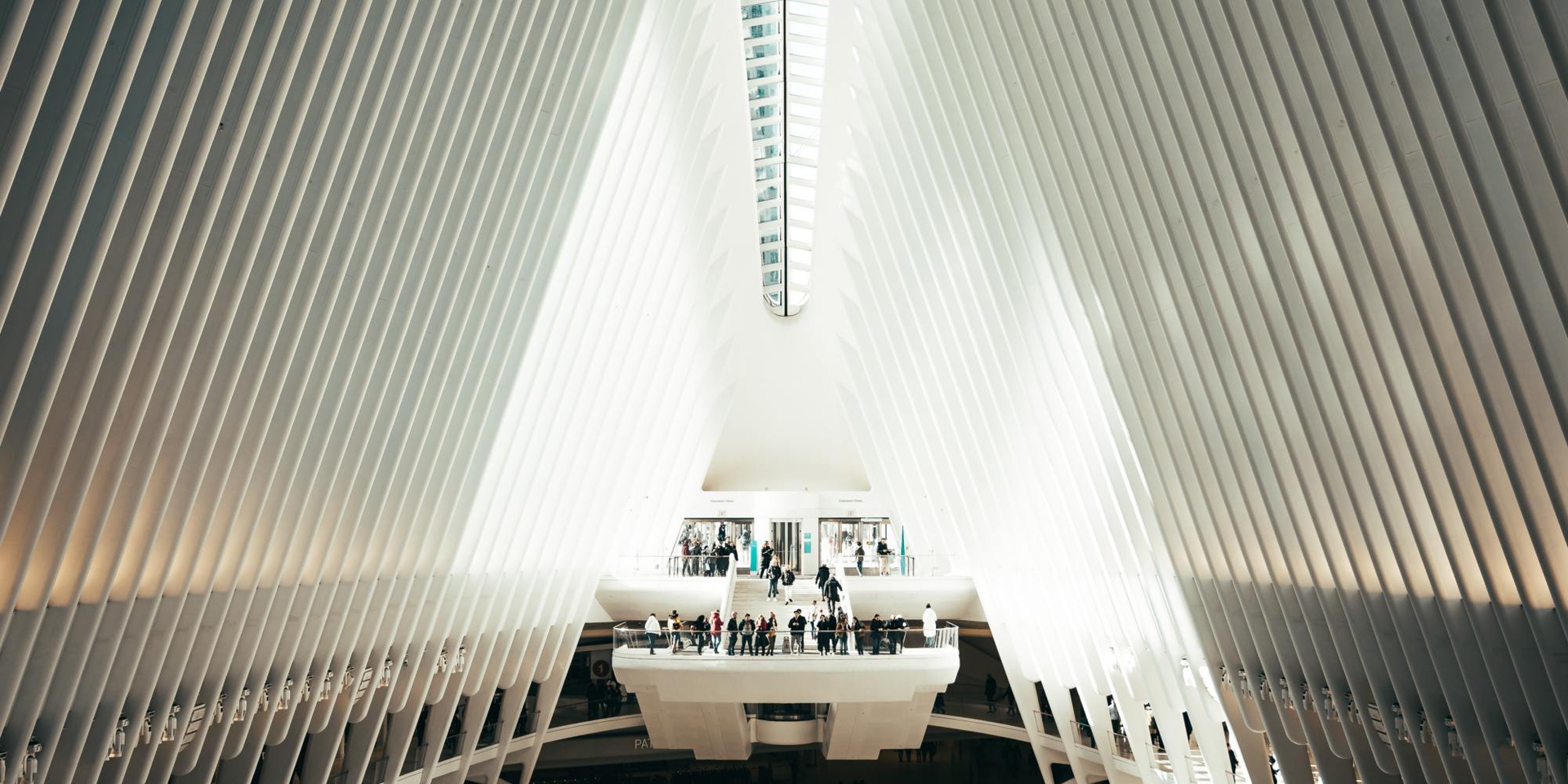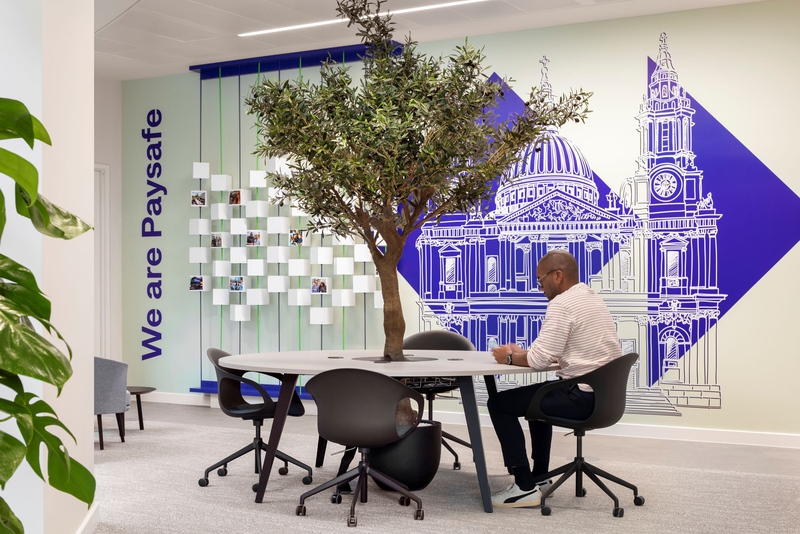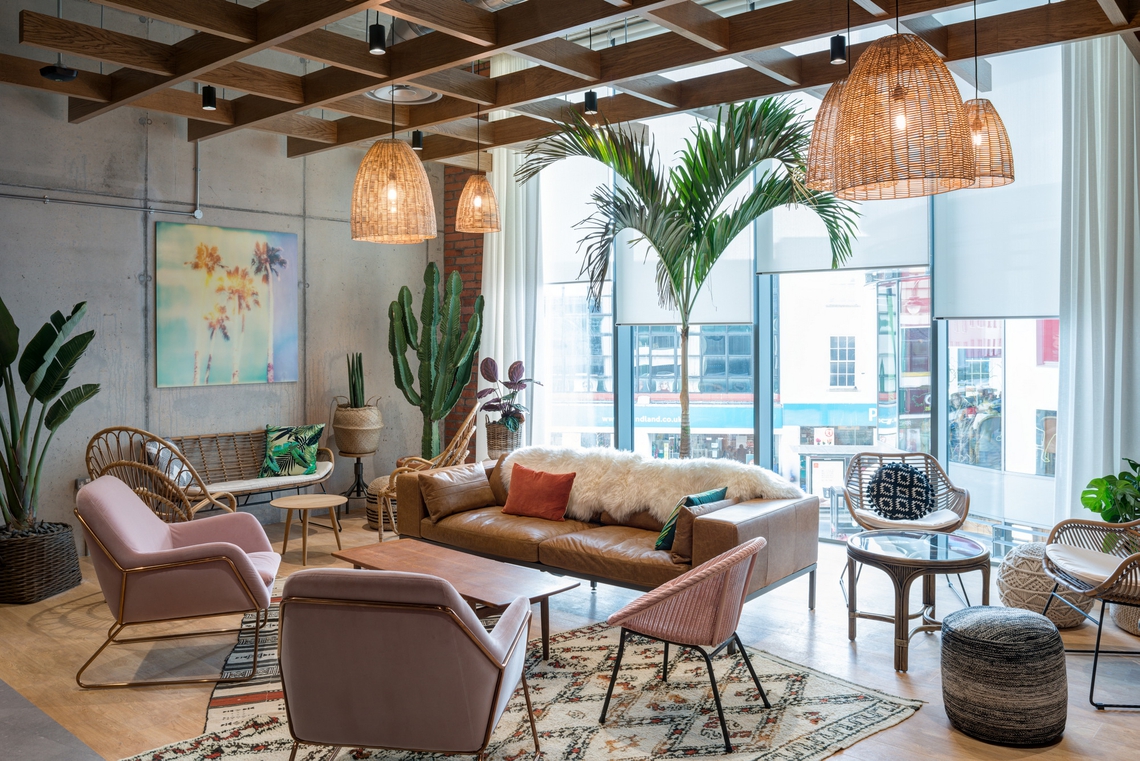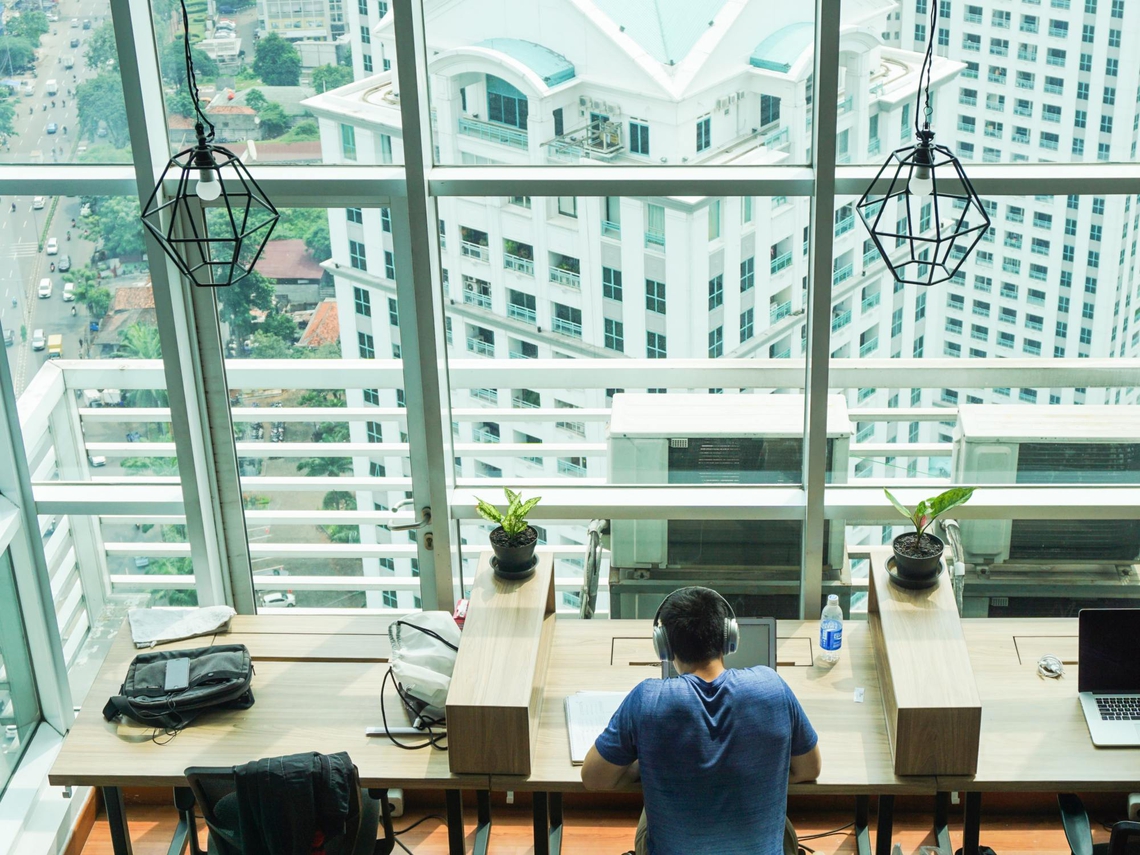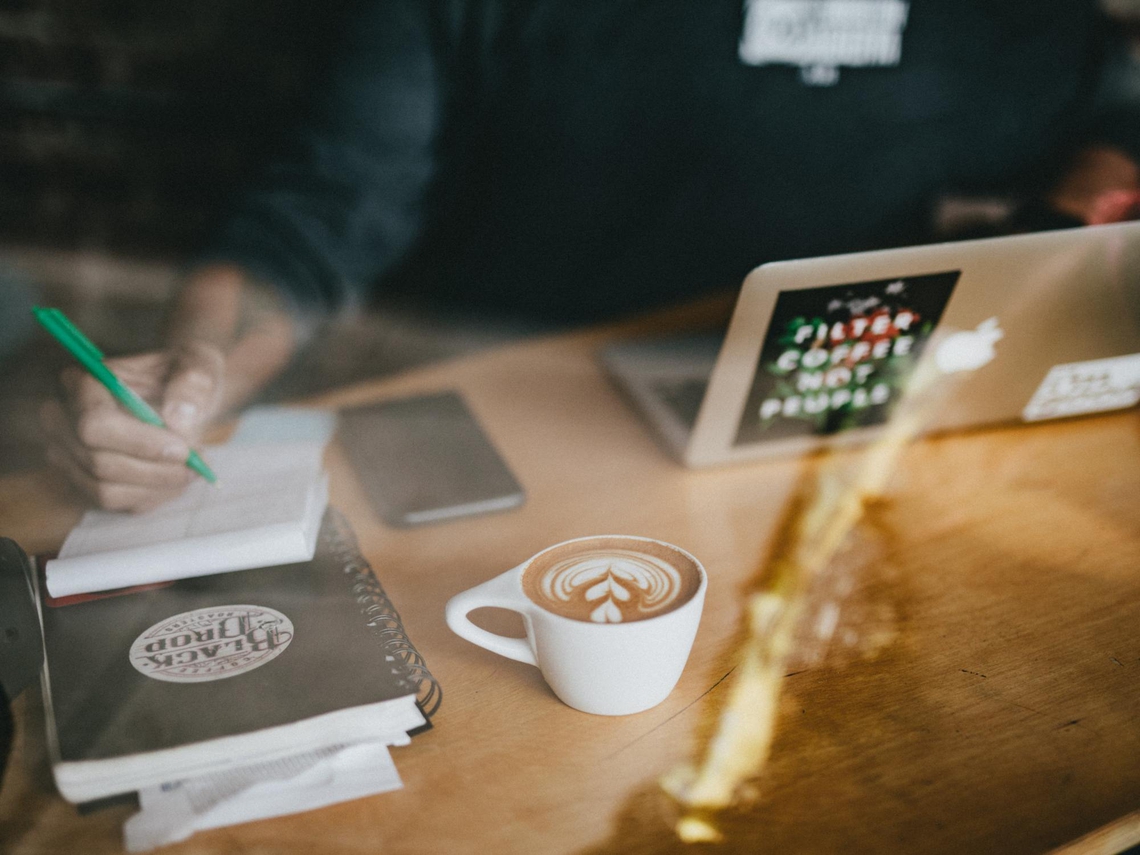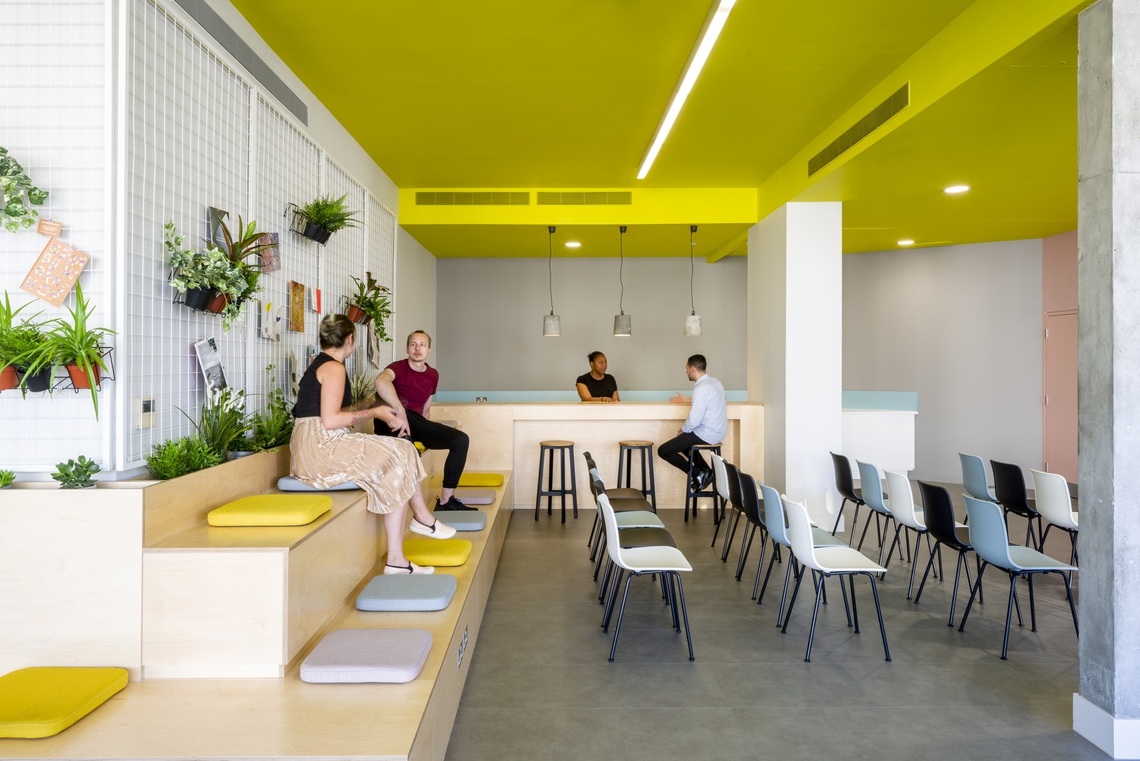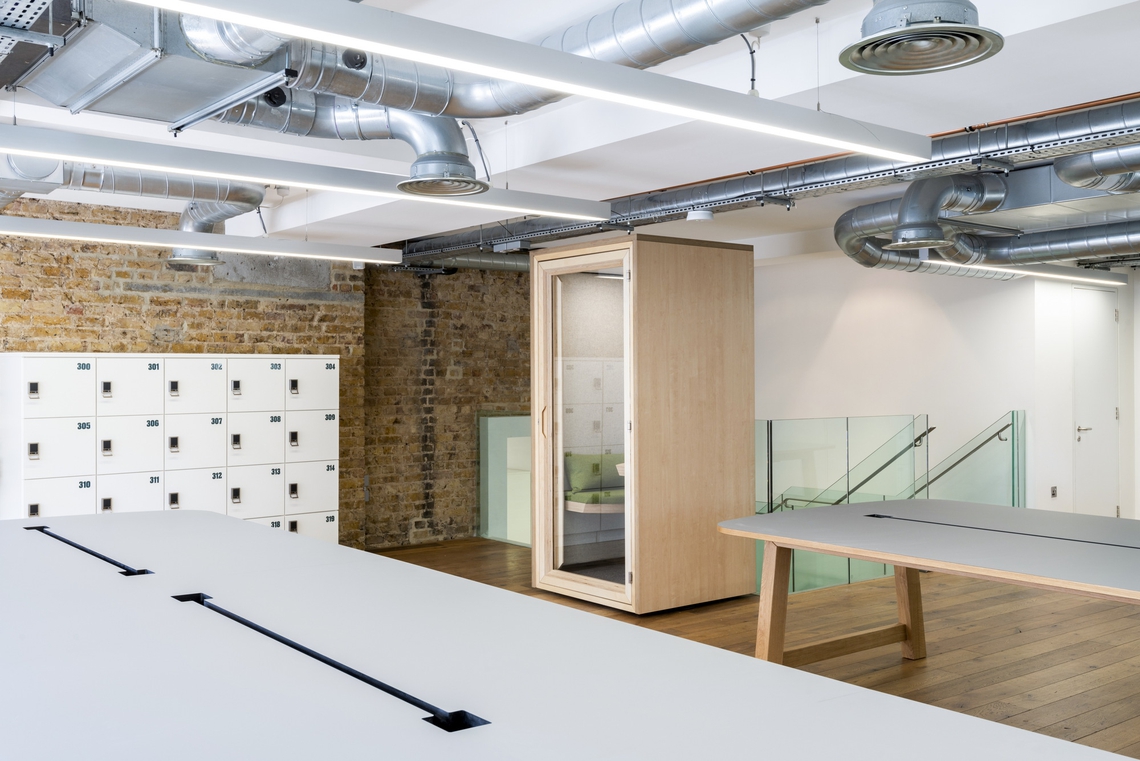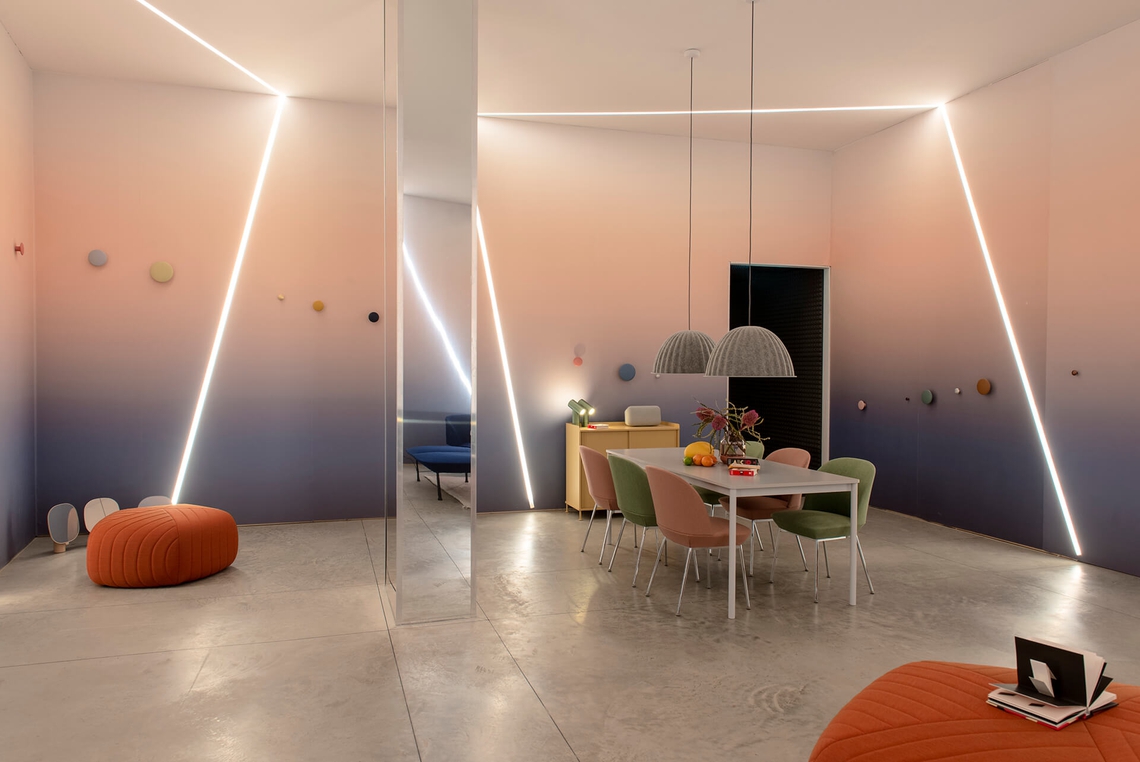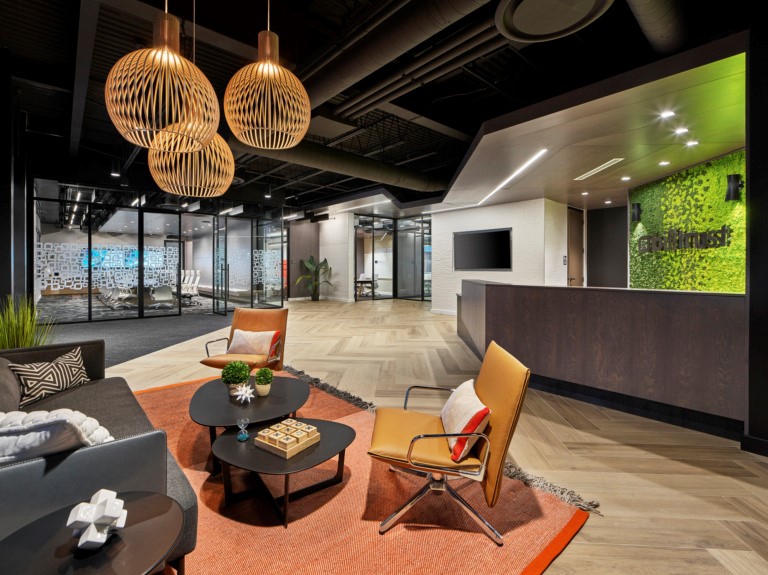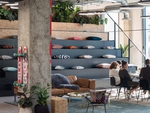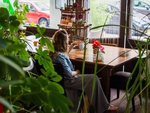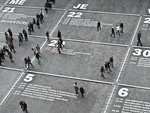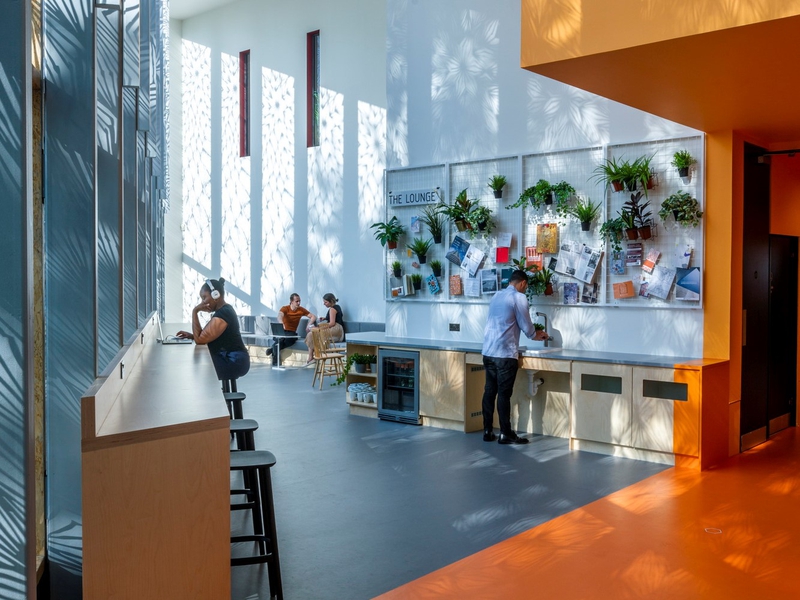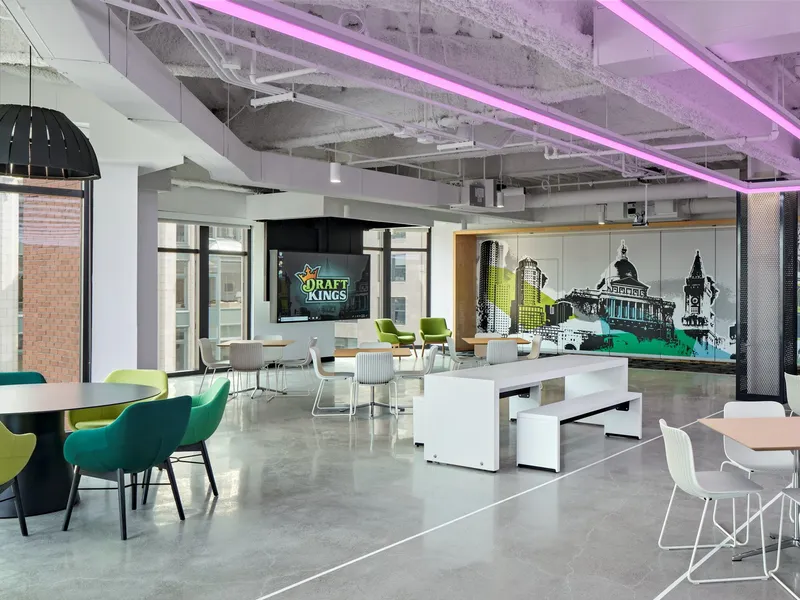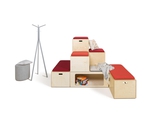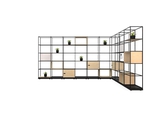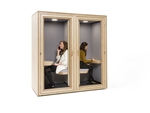18 novembre 2019
Tendances du secteur
In this blog we’ll be looking at how office design affects productivity. 46% of professionals say that their workplace heavily impacts on their productivity. For the most part, this is a negative impact. But here are 9 ways to raise productivity through environmental workplace design, aesthetic workplace design and spatial workplace design.

1. Natural Light
Environmental design has a huge effect on productivity. Because of this, the International WELL Building Institute has created the WELL Building Standard to help promote features that support employees’ health and wellness. Lighting is particularly important. Most of us spend long days indoors under low-level, artificial fluorescents which are poorly suited to our needs. However, open-plan offices with large windows and plentiful natural light are much better for productivity, which tends to rise by around 18%. Sunlight helps with maintaining our natural Circadian rhythms and also with stress reduction. And if natural light really isn’t available, blue-enriched natural lightbulbs will help raise happiness and alertness.

2. Plants
The benefits of bringing the outdoors in goes beyond sunlight of course. Plants are a key part of environmental design. Plants are great sound absorbers, they produce cleaner air, they smell good, they help conjure up a feeling of tranquillity and can even grow healthy fruit and vegetables for staff to enjoy. AirBnB’s headquarters in San Francisco, for example, features a “living wall” of climbing plants that rises three floors through the atrium. But the best thing about having plants in an office is that it lowers feelings of tension and anxiety by around 37% and has also been found to reduce fatigue; all of which contributes to large gains in focus and productivity.
Even just having view of some trees through the window is great for one’s work: employees whose desk faces a window tend to perform 7% faster than colleagues who face the other way.
3. Temperature
Cold offices tend to lead to staff making more mistakes, whereas warm offices have the opposite effect.
4. Colours
Warm colours like yellow can also help with creativity. Conversely however, cooler colours like blue and green have actually been found to be calming and to aid with concentration—so they’re great at raising productivity among office workers.
5. Design Aesthetics
Alongside these environmental factors there are also many design factors to consider. Having good artwork in the office helps to inspire staff and also to create a calming setting. Inspirational quotes are also great for morale and productivity.
A great way to raise productivity yet further, by around 32%, is to allow employees more control over the design and layout of their personal workspace. For instance, bringing in photos from home can make a big change.

6. Collaborative Spaces
Employees are at their most productive when they maintain high energy and engagement levels outside of formal meetings. The best way to achieve this is to design collaborative spaces and meeting spaces where people can naturally collide, swap ideas, share strategies and bond with one another. This is what makes for a highly productive team.
In order to facilitate these kind of agile, free-flowing spaces however, it’s also essential to provide everybody with some personal storage space too: like lockers that they can use to keep their personal affects, devices and documents in.

7. Disruptive Office Design
When collaborative spaces were first introduced, they were considered a form of disruptive design. Now they’re everywhere. Today, as a new form of productive disruption, some businesses are taking the idea of collaborative spaces one step further and inviting smaller organisations to move into unused parts of their office: which helps to bring in new ideas and excitement and stimulate fresh thinking. Few things are more disruptive than reimagining your office as a coworking space.

8. Quiet Spaces
Just as we need collaborative spaces to work together, we also need quiet spaces in which to work alone without distraction. A lack of sound privacy is a massive drain on productivity, and recent studies have found that workers lose up to an hour and a half a day because of noise distractions. As such, it’s important to create new kinds of quiet spaces in the office. For instance, our acoustic Residence Work and Residence Meet booths provide employees with a soundproofed space for focused work. Furthermore, they also allow staff to make a private phone call without bothering their colleagues.
9. Ergonomics
Just as we often need our environment to be quiet, we also need it to be comfortable. Well-designed workstations with good ergonomics help staff to work comfortably and efficiently. Poorly designed workstations, however, lead to aches and pains that distract us from our job.
Partager cet article
